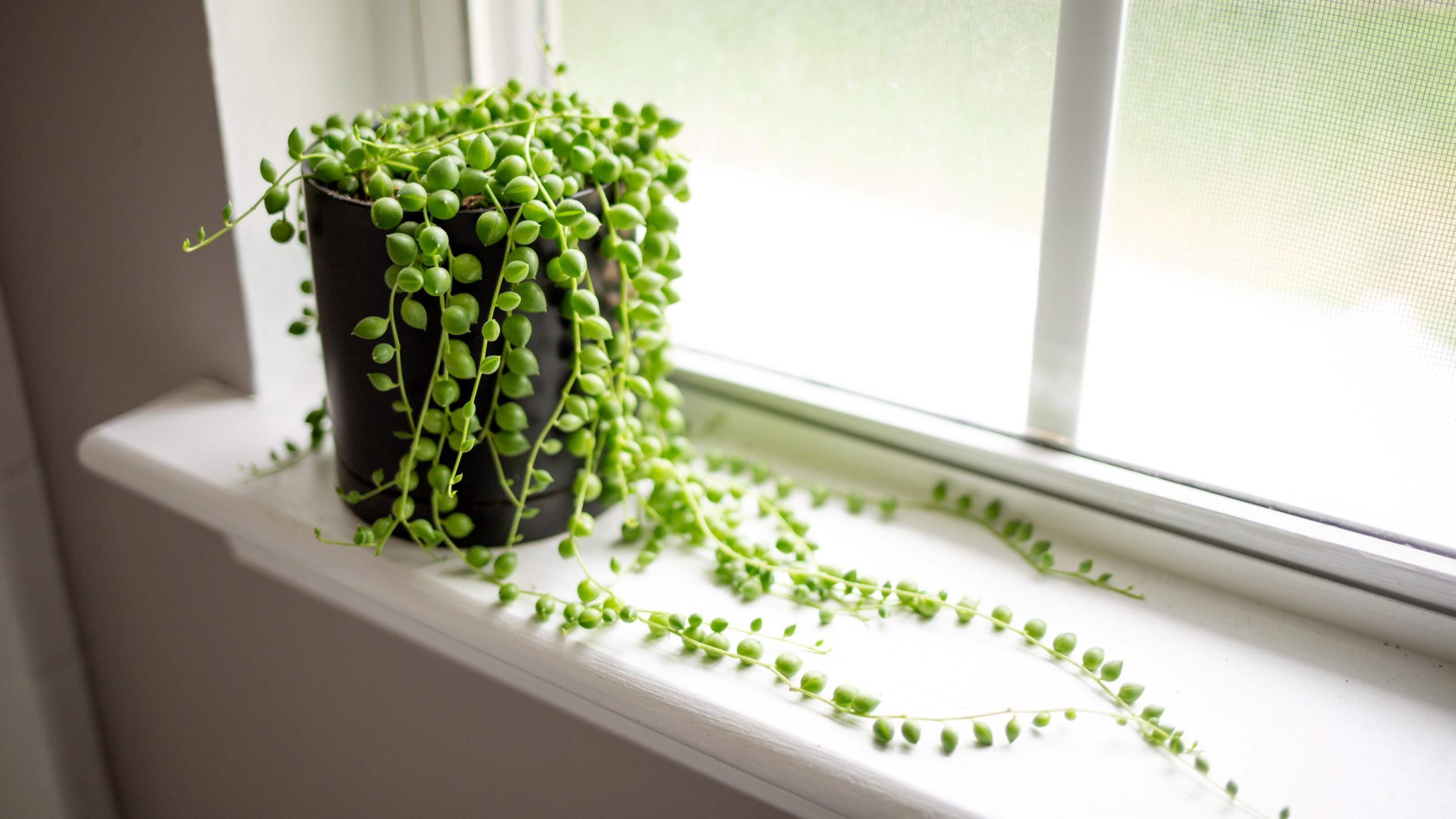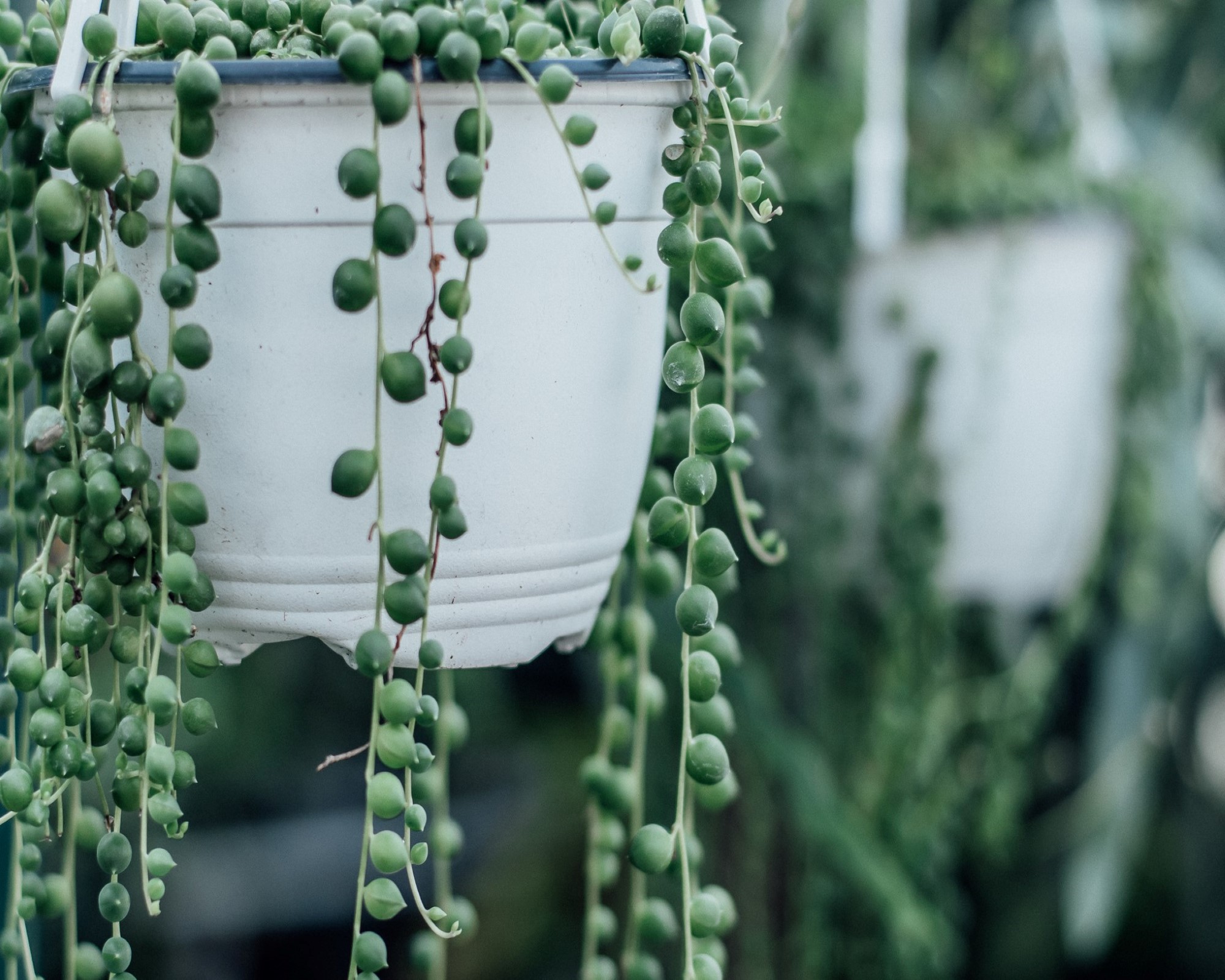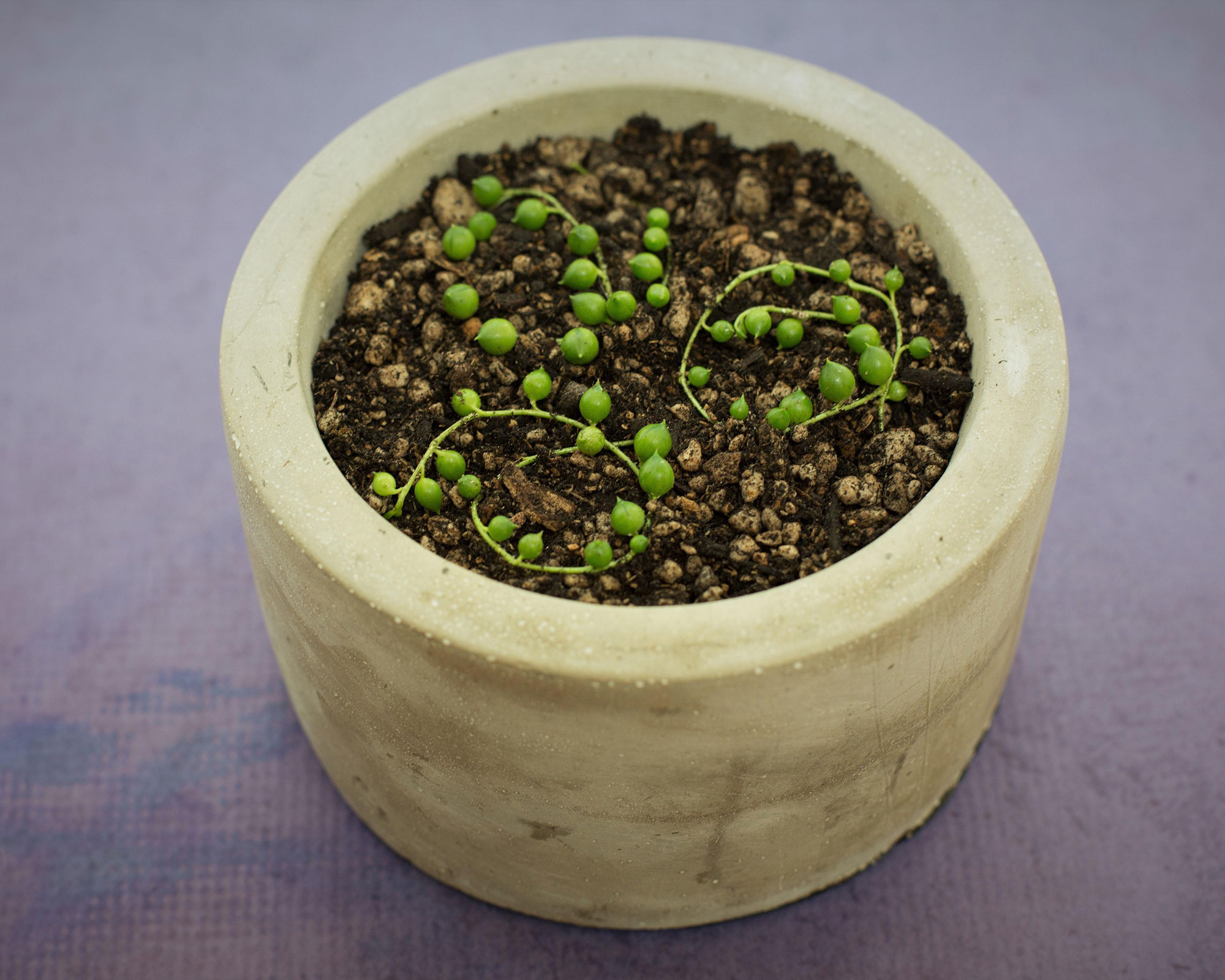Should you propagate string of pearls in soil or water? Experts offer their advice
String of pearls is one of the most popular indoor hanging plants, so learn how to propagate it with our expert-led advice and boost your collection for free


Learning how to propagate string of pearls is easy and will help you create more plants from your existing one. String of pearls, or Senecio Rowleyanus, is a trendy hanging plant that has distinctive, pearl-shaped foliage. It's unique and adds a sculptural touch to your home decor.
One of the best indoor plants thanks to its easy-going nature, the string of pearls is also a good candidate for propagating at home. This is how you do it, with the help of expert-led advice.

How to propagate string of pearls in soil
As with most succulent propagation, the majority of houseplant growers propagate string of pearls from cuttings.
Vladan Nikolic, a Houseplant Care Expert and founder of the houseplant care blog Mr. Houseplant, explains that 'there are several ways to propagate a string of pearls – stem cuttings in water, stem cuttings in soil, or layering in soil. Layering is the easiest method with the highest chances of success.'
Here are the steps for layering:
- Cut off several 4-6in (10-15cm) long strings from your indoor hanging plant, making sure you choose healthy strings that are growing well. It's best to do this when the plant is in its main growing phase in spring and summer.
- Take a new pot and fill it with soil. A succulent potting mix (available from Amazon) is best.
- Place the cuttings on top of the soil. Make sure the full length of the cuttings is in contact with the soil.
- Use straightened paper clips to pin the cuttings down to the soil. You want them in contact with the soil so the stem nodes can grow roots.
- Place in bright indirect light. Making sure there is enough light is important as it will accelerate the process of propagation.
- Water lightly once the topsoil has dried out.
- Once the cuttings grow roots, reduce watering. Only water when the soil is fully dry, to the bottom of the pot.
To maximize the success of your string of pearls propagation, Vladan advises you can use a heat mat (available from Amazon). This will rise the temperature of the soil by several degrees and will speed up rooting.

Can you propagate string of pearls plants in water?
Yes, it's certainly possible to propagate string of pearls in water. One benefit is that it can be quite a quick process, but on the downside there is more chance of the cuttings rotting in the water.
- Using sterilized pruning shears or small houseplant scissors (try Amazon) cut off several 4-6in (10-15cm) long strings.
- Remove a few pearls from the bottom of the cutting to expose the leaf nodes.
- Place the cuttings in a propagation vessel (a simple glass container is fine) with water, ensuring the lower nodes are submerged. The remaining pearls or leaves need to stay above the water to prevent them rotting.
- Place the propagation vessel in bright indirect light.
- Refill the dish regularly as the bottom nodes must be under water at all times.
- Replace the water weekly or more often if it gets dirty. By replacing the water you are removing harmful bacteria that might have multiplied in the meantime and you are providing oxygen.
- Once the new roots have developed on the cutting and reached around 1in (2.5cm) in length, plant your cuttings in soil.

Can you propagate a string of pearls plant by seed?
Again, the answer is yes. However, the seed propagation method is the hardest, with poor germination rates.
Alex Tinsman, a gardener from HowToHouseplant.com, advises that, 'To plant seeds, place them on top of a moist potting mix and cover with a thin layer of sand or perlite. Spray the top layer daily with water to keep it moist until germination occurs.'
Our advice? Propagating this plant from cuttings using one of the above methods is a much easier way to get more free plants and will give better results.
Anna writes about interior design and gardening. Her work has appeared in Homes & Gardens, Livingetc, and many other publications. She is an experienced outdoor and indoor gardener and has a passion for growing roses and Japanese maples in her outside space.
